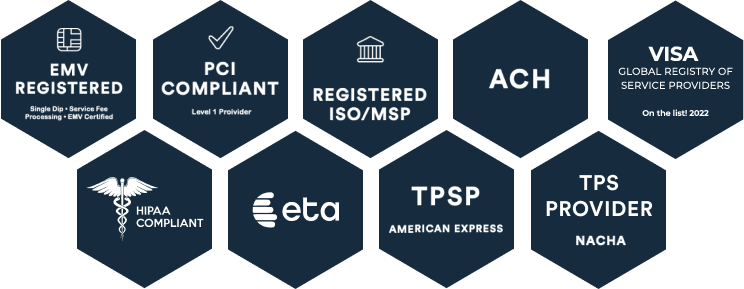Customers today expect a certain level of electronic interaction at every point in their journey with a business, which leaves paper-dependent industries scrambling to find solutions.
Government agencies and departments are among the most paper-dependent organizations. Considering they have processes rooted mainly in traditional systems (think paper billing, snail mail payment reminders, and manual data entry), many government organizations might be daunted by converting to electronic platforms.
Still, it is more critical than ever to consider making the leap. Paper systems come with too many challenges and risks in our current climate. Electronic, integrated, time-saving, automated payment systems are the way of today.
Your constituents expect a modern solution, and you’ll learn how to give it to them in this article.
Why You Should Disconnect from Manual Payment Processes
Technological advances have impacted every area of our lives, but that doesn’t mean traditional processes don’t persist. Government organizations that still use paper systems as critical touch points should consider disconnecting from those manual processes because they leave your organization vulnerable in several ways.
1. There’s a Lot of Room for Error
Manual data entry means more room for inconsistencies. Humans are prone to making mistakes like input and reporting errors that waste time and money as well as evaporate payee trust.
And think about this: The annual average cost for processing paper invoices is $170,000. That’s a huge sunk cost that should be better invested elsewhere.
2. It’s More Time-Consuming
One of the largest downsides to the paper payment system design is that it is extremely time-consuming. An electronic billing platform can save resources and improve your allocation of those resources.
For example, one full-time employee using manual methods can typically process 6,000 payments per year. Using e-billing, that number shoots up to 90,000 payments processed per year.
3. There’s Less Security
Iron-clad security is crucial when handling sensitive data like your constituents’ financial information. Paper systems and manual processes are not as secure against fraud, scams, and other threats.
Why You Should Transition to Integrated Electronic Payment Systems
Electronic bill payment systems can solve those issues and many more. With integrated and automated platforms, you can leverage a faster, more secure, and more accurate financial process all the way around.
If it seems daunting to make the switch, your worries can melt away. Switching to an electric system isn’t as difficult as you might think—and the benefits are undeniable.
1. It’s an All-In-One Solution
Tired of having to use multiple tools and software to manage your financial department? What about when communicating from the financial department to other teams? Those are common complaints among government organizations, and it’s something integrated payment systems can solve.
An integrated platform works with the tools and software you already use to make every process seamless.
2. It Increases Productivity
Taking weight off your internal team’s shoulders can be incredibly beneficial. Because of how time-consuming manual billing processes can be, your team is likely spending more time than necessary on paper systems. Switching to a digital platform can increase your overall productivity.
3. It Encourages Timely Payments
When a process is complicated, it makes people less inclined to follow through. This applies to billing especially. Since individuals want their payments done as quickly and easily as possible, they want convenient solutions and flexible payment options.
Providing them with flexible, digital options makes them more inclined to pay on time.
Transition from Manual to Automated Processes with CORE
Now that you’re convinced it’s time to pull the trigger, you may wonder how to transition from manual to automated payment processes. For those looking for an all-in-one solution, CORE has the answers you need. We’re dedicated to providing integrated payment processing and revenue management solutions to modern enterprises. Our platform gives a modernized, connected experience across your organization.
Join more than 1,600 organizations using CORE every day when you make the switch to automated payment processing and management.
Curious about the transition process and want to learn more? Reach out to us and let’s chat.






